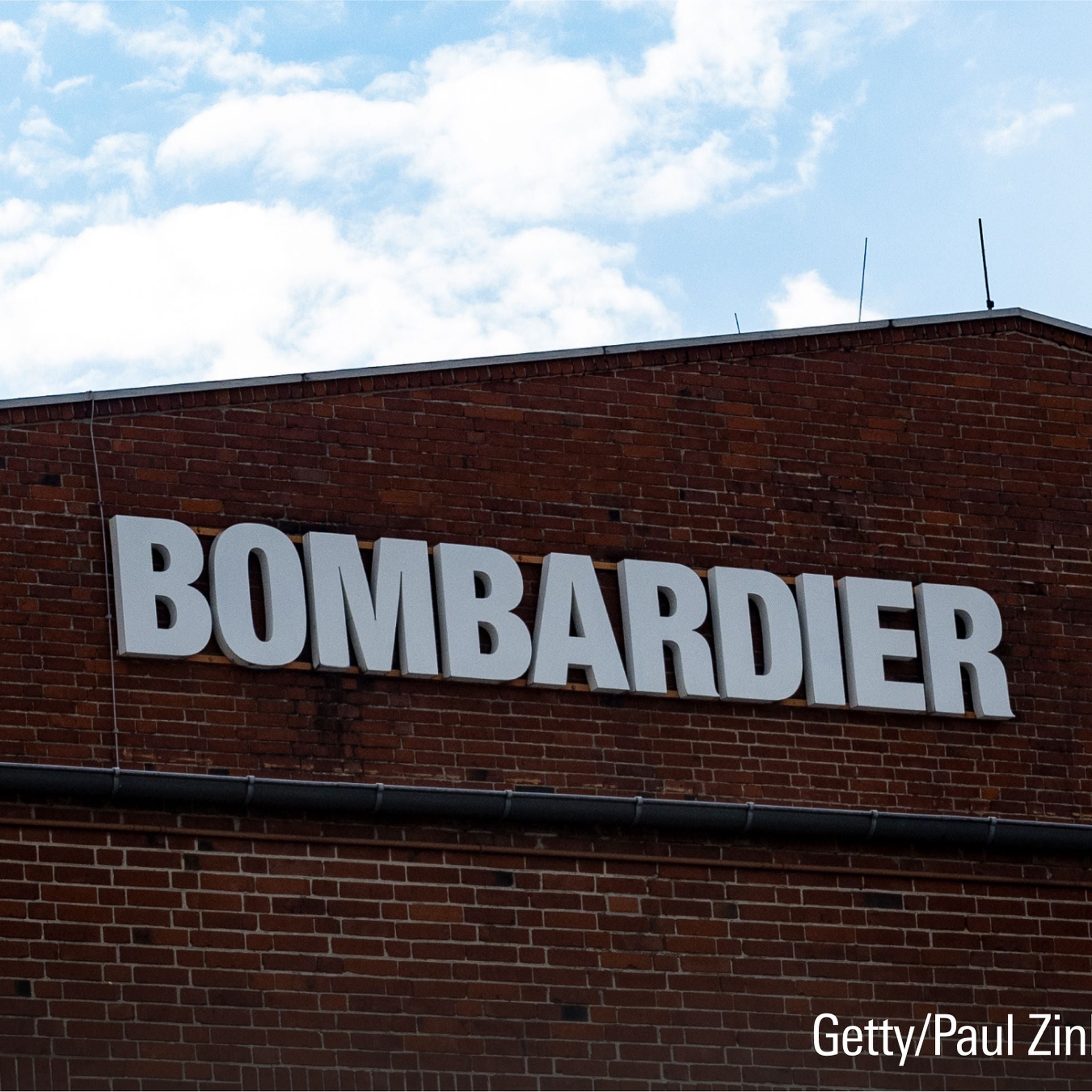Undervalued by 30% and Yielding 4%, This Cheap Stock Is a Buy
We’ve modestly increased our fair value estimate for this industry giant.

The world's largest gold miner just got larger: Newmont NGT acquired Australia-based Newcrest in the fourth quarter of last year. Though gold prices rose in 2023 and Morningstar expects the price of the yellow metal to average around $1,970 per ounce from 2024 to 2026, the stocks of gold miners have struggled. And despite its industry dominance, Newmont is the cheapest gold miner we cover. We think there's opportunity here. The stock lands on our analysts' list of their favorite 33 undervalued stocks for the quarter. It is also among Morningstar chief U.S. market strategist Dave Sekera's five undervalued stocks to buy during the first quarter.
Newmont is the world’s largest gold miner, with a portfolio reflecting three major deals in recent years. In 2019, it acquired Goldcorp for a relatively mild premium in 2019 and managed to extract better performance at the mines where the acquired company had struggled. Also in 2019, it combined its crown jewel Nevada assets with Barrick Gold’s in a joint venture, which reduced costs, given the proximity of mines owned by the two. Then in 2023, Newmont acquired gold miner Newcrest. The company also has a pipeline of attractive development projects. Newmont produces material amounts of copper, silver, zinc, and lead as byproducts from its various gold mines. In aggregate, the company sits around the middle of the cost curve, but we expect some improvement.
Key Morningstar Metrics for Newmont
- Fair Value Estimate: $72
- Star Rating: 5 Stars
- Economic Moat Rating: None
- Uncertainty Rating: Medium
As a commodity producer, Newmont is a price taker and needs low-cost mines with long lives and a low installed capital base to support the longer-term excess returns needed to justify an economic moat. Given the flatness of the industry cost curve, only miners in the lowest quartile tend to enjoy a material operating cost advantage, and that would need to be paired with an efficient invested capital base and long reserve life to warrant a moat. We don’t think Newmont exhibits a low-cost advantage. A large invested capital base makes it unlikely that the company will generate economic returns in excess of its cost of capital, even if its operating costs materially fall. We estimate that Newmont will generate a midcycle return on invested capital in 2027 similar to its weighted average cost of capital of about 7%.
Fair Value Estimate for Newmont Stock
Higher gold prices drove the recent increase in our fair value estimate. We now assume gold averages around US$1,970 per ounce from 2024 to 2026 based on the futures curve, up from roughly US$1,820. Our assumed midcycle gold price remains US$1,740 per ounce from 2027, reflecting our estimate of the marginal cost of production. Cash flow is discounted at a 7.1% weighted average cost of capital, based on a long-term capital structure of 10% debt and 90% equity. We assume a 7.5% long-term cost of equity, reflecting gold’s lack of systematic risk and correlation to GDP. We apply a 5.8% pretax cost of debt, reflecting what we expect Newmont’s long-term cost of debt will be in a normalized interest-rate environment. Our implied terminal multiple of 8 times enterprise value/EBITDA is close to the average we apply to other gold mining companies we cover.
Risk and Uncertainty
Newmont’s strong balance sheet partly offsets the uncertainty from cyclical gold prices, operating leverage, and high capital intensity. Newmont is highly leveraged to gold prices, which are a key determinant of future returns for shareholders. Another key driver is likely to be the company’s investments, given the capital-intensive nature of the industry and the challenges of investing with a backdrop of cyclical gold prices. Unlike most commodities that are consumed, virtually all the gold ever mined still exists. This makes gold subject to the whims of investor sentiment. Gold mining carries many environmental, social, and governance risks, including risks from labour strikes, disagreements with local governments and communities, and mine accidents.
Newmont Bulls Say
- Newmont is the world's largest gold miner, with production roughly double that of second-place Barrick Gold.
- The Nevada joint venture with Barrick has allowed the companies to extract significant synergies from their assets through the creation of the largest gold-producing area in the world.
- Gold companies tend not to follow general economic cycles. They can also provide a hedge to inflation risk.
Newmont Bears Say
- Bigger is not always better in gold mining. Newmont's operations span five continents, increasing complexity and difficulty managing the assets.
- Newmont's unit cash costs are around the industry average, meaning the company is more affected by falling gold prices than its lower-cost competitors.
- Gold is subject to the whims of investors, who can move as a herd and affect the price.




